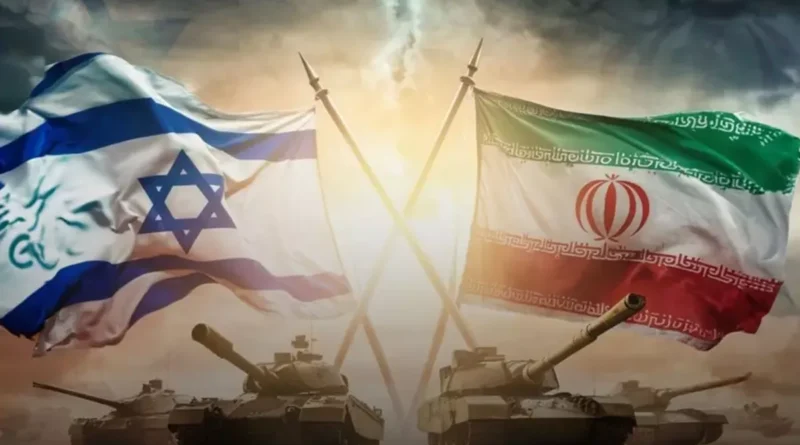Iran Halts Cooperation with IAEA After Bombings on Nuclear Sites
On July 3, President Masoud Pezeshkian of Iran commanded a halt to the nation’s cooperation with the International Atomic Energy Agency (IAEA), following the bombing of three significant Iranian nuclear locations by the United States. This decision came against the backdrop of an ever-escalating aerial conflict between Iran and Israel. The scope of upcoming discussions between Iran and the IAEA was outlined by Iran’s Foreign Ministry, which described the talks as ‘technical’ and ‘complex.’
This will be the first engagement between the two parties since the severing of ties by Tehran with the nuclear watchdog last month. This breakdown in relationships occurred in the aftermath of an extended 12-day aerial battle in June led by Israel and the US, which resulted in the destruction of essential Iranian nuclear sites.
In a concerning development, the board of the IAEA declared on June 12 that Iran had violated its obligations under the non-proliferation treaty. Ironically, the following day witnessed the commencement of Israeli airstrikes across Iran, instigating a full-scale war. Unfortunately, the IAEA failed to produce an immediate statement in response to the announced visit by the deputy head of the agency – a visit that is not expected to include any inspection of the Iranian nuclear sites.
Esmail Baghaei, who serves as the spokesperson for the Iranian Foreign Ministry, revealed that a potential meeting with Foreign Minister Abbas Aragchi might be in the cards. However, he warned that predicting the outcome at this stage is challenging due to the technical and intricate nature of the discussions.
Baghaei also expressed his discontent at the IAEA’s stance during the volatile situation that unfolded in June between Iran and Israel. In his exact words, ‘Peaceful facilities of a country that was under 24-hour surveillance became the focal point of relentless attacks. The agency neither displayed wisdom nor a logical reaction, nor did it put forth the required condemnation.’
In a previous statement, Aragchi had put forward that future alignments with the agency would necessitate approval from Iran’s pinnacle security body, the Supreme National Security Council (SNSC). This move is expected to redefine the cooperative agenda between both the parties.
This change in strategy will definitely place restrictions on the inspectors, potentially disabling their ability to track Tehran’s ongoing initiatives to enrich uranium to a level that is alarmingly close to what could be utilized for weapon production.
A new command was issued by Iranian President Masoud Pezeshkian on July 3, directing Iran to withdraw its collaboration with the IAEA. This order was a response to the calculated bombing of three prime Iranian nuclear centers by the US, coupled with the ongoing aerial warfare instigated by Israel against Iran. This clash resulted in the tragic loss of nearly 1,100 lives, many among them being military officers.
Israel also bore the brunt of Iran’s retaliatory strikes, leading to 28 fatalities. Iran’s flexing of muscle in the form of rejecting IAEA inspections in preceding years has served as a leverage strategy whilst deliberating with the Western powers.
The future of talks between Tehran and Washington, which revolve around striking a deal for Iran’s nuclear program, remains uncertain. How soon these negotiations will recommence, or whether they will at all, remains a gray area.
Assessments from US intelligence agencies and the IAEA indicate that Iran last coordinated a nuclear weapons program in 2003. However, there have been alarming observations of Tehran’s recent activities, which suggest that they have enriched uranium to an unsettling 60%. This is worryingly just a handful of technical steps away from reaching the weapons-grade enrichment threshold of 90%.

